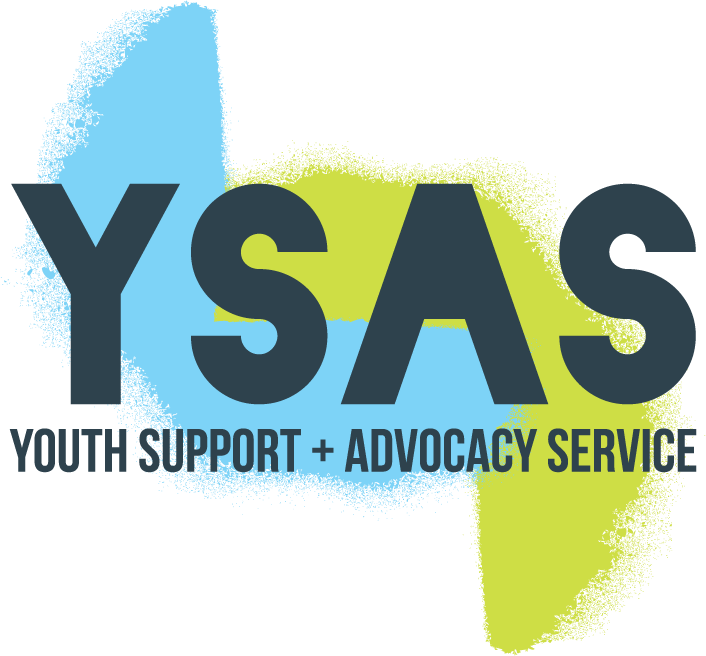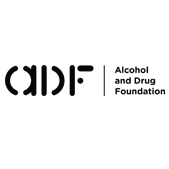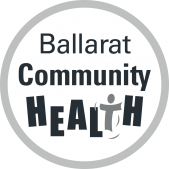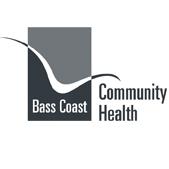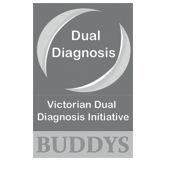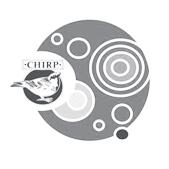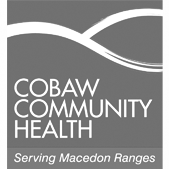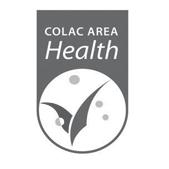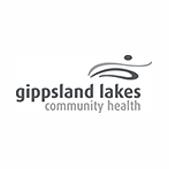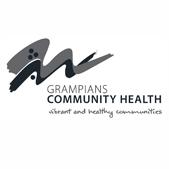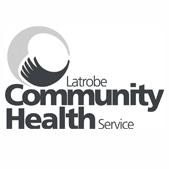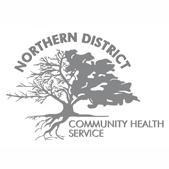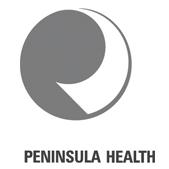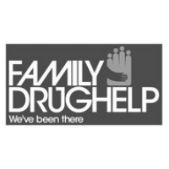Research
New research validates rural experience
People from remote or very remote areas are twice as likely as people from major cities to use meth/amphetamines, drink alcohol in risky quantities and to smoke tobacco daily.
This is according to the final report from the 2013 National Drug Strategy Household Survey released by The Australian Institute of Health and Welfare (AIHW).
The report’s findings into methamphetamine use in particular, validate what many rural communities have long been telling us- that methamphetamine and specifically ice is readily available in so many rural locations.
Given that alcohol and tobacco, (drugs that are generally equally available regardless of location), are also more likely to be used in remote areas means we need to consider the broader environmental factors influencing drug use.
Despite the many advantages for young people living in remote regions, in comparison to major cities, living in remote areas can sometimes also mean greater isolation, less access to services, less opportunities for work or tertiary study and less access to meaningful social activities.
These are all known environmental risk factors for drug related problems. Could these factors in part explain some of the differences between remote and city based drug use stats?
It might interest you to check out our article questioning why ice has become such a problem. Contact us to let us know what trends you are seeing in your area.
Access the National Drug Strategy Household survey is available here.




